
Quercus robur Fastigiata Koster (Koster Fastigiate Oak) Practicality Brown
Q. robur withstands summer droughts even on extreme sites (embankments) without damage (summer '90), suitable for inner city sites, tolerates smoke, water-logged sites and flooding for up to 3 months (DISTEL 1980), intolerant of alterations to the ground-water table (thinning of the crown), in the last few years an increasing infestation with.

Quercus robur 'Koster’ (FastigataGruppen) Tönnersjö Plantskola
Quercus robur 'Fastigiata Koster' Characteristics: Habit Impressive, medium-size tree, 15-20 m tall, 2-3 m wide, slender-columnar, stiffly upright, keeping its habit when old, remaining columnar Crown olumnar, upright olumnar, upright Hardiness Zone.

Zuileik Quercus robur 'Fastigiata Koster' Smalle eikenboom
oak 'Koster'. A fastigiate form with upright branches, spreading with age to ultimately reach approximately 20m high and 3m wide. Usually seed-raised so can be variable. Leaves are dark green with shallow lobes.
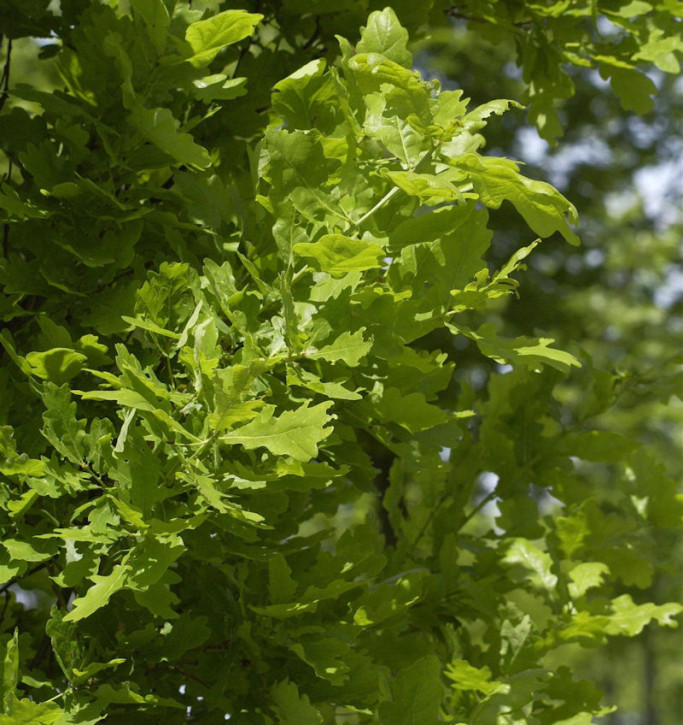
Säulen Eiche Koster Quercus robur Fastigiata Koster
Introduction. 'Fastigiata' or upright English oak is an upright, columnar, deciduous tree which eventually matures into a dense elongated oval shape with a short trunk and makes a striking landscape specimen. Growing moderately-fast to 50 to 60 feet high and only 10 to 18 feet wide, upright English oak was first discovered growing wild in a.

Quercus robur Fastigiata Koster (Columnar Oak) Nangle and Niesen Wholesale Tree Nursery Cork
Quercus robur 'Fastigiate Koster'. A clone produced vegetatively from Q. robur 'Fastigiata', with rough ascending branches that do not droop. This creates a closed columnar shape that later becomes narrow pyramidal but still remains well closed. Height approx. 10 - 15 m, breadth 3 - 6 m.
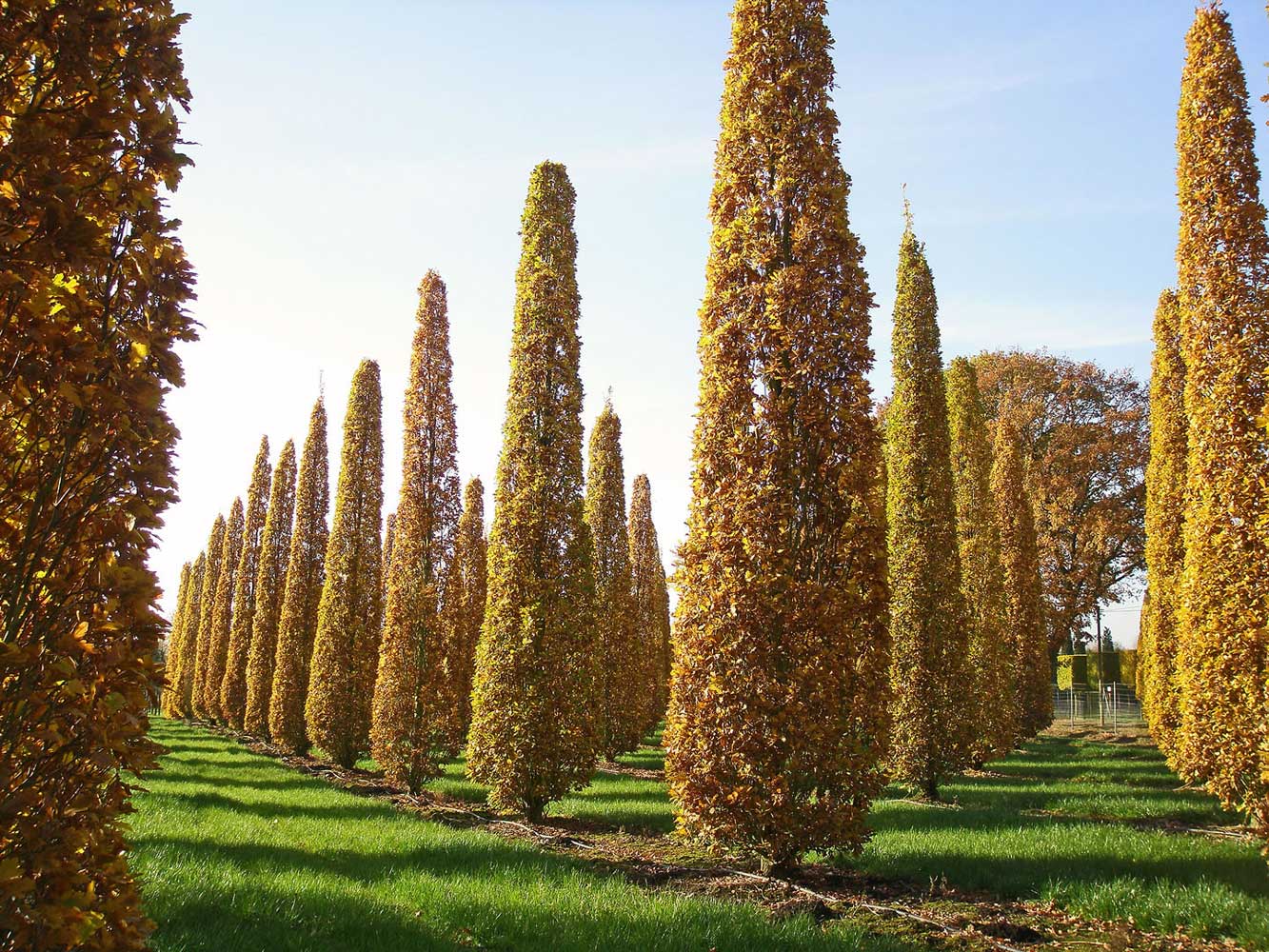
QUERCUS ROBUR `FASTIGIATA KOSTER` Periland
A clone produced vegetatively from Q. robur 'Fastigiata', with rough ascending branches that do not droop. This creates a closed columnar shape that later becomes narrow pyramidal but still remains well closed. Height approx. 10 - 15 m, breadth 3 - 6 m. The trunk usually branches low down and the bark is dark grey and, in old specimens, deeply.
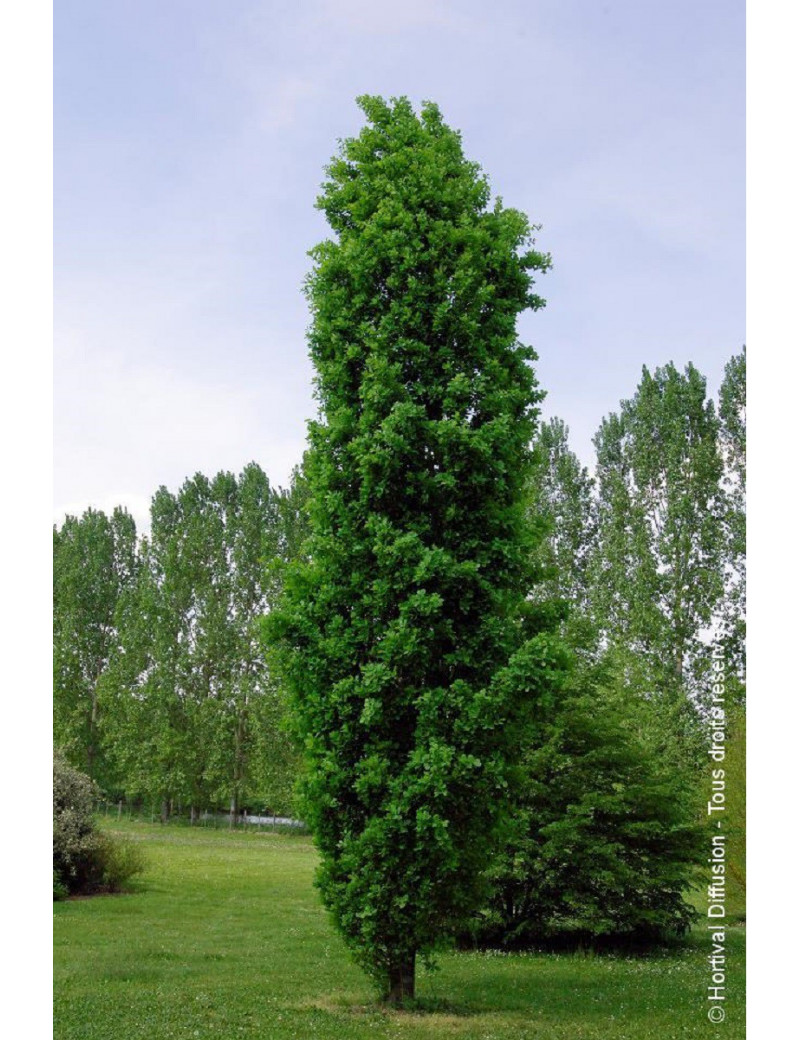
QUERCUS robur f. fastigiata KOSTER (Chêne pédonculé fastigié koster)
Forma fastigiata is a narrow-upright, columnar, fastigiate form of English oak featuring dense, upright branching that rises at a sharp and narrow angle from the trunk. It typically matures to 50-60' tall and to 10- 20' wide. Leaves remain green throughout the growing season with little fall color. Genus name comes from the classical Latin name.

Eiche Fastigiata Koster Quercus robur Fastigiata Koster günstig kaufen
Quercus robur 'Fastigiata'. Thickly branching columnar oak with strongly ascending branches. It attains a height of 15 - 20 m, a breadth of 3 - 4 m. The trunk produces branches mainly low down and older specimens often show a somewhat pendulous crown. Usually 'Fastigiata' is bred from seed, which leads to the production of variable forms.
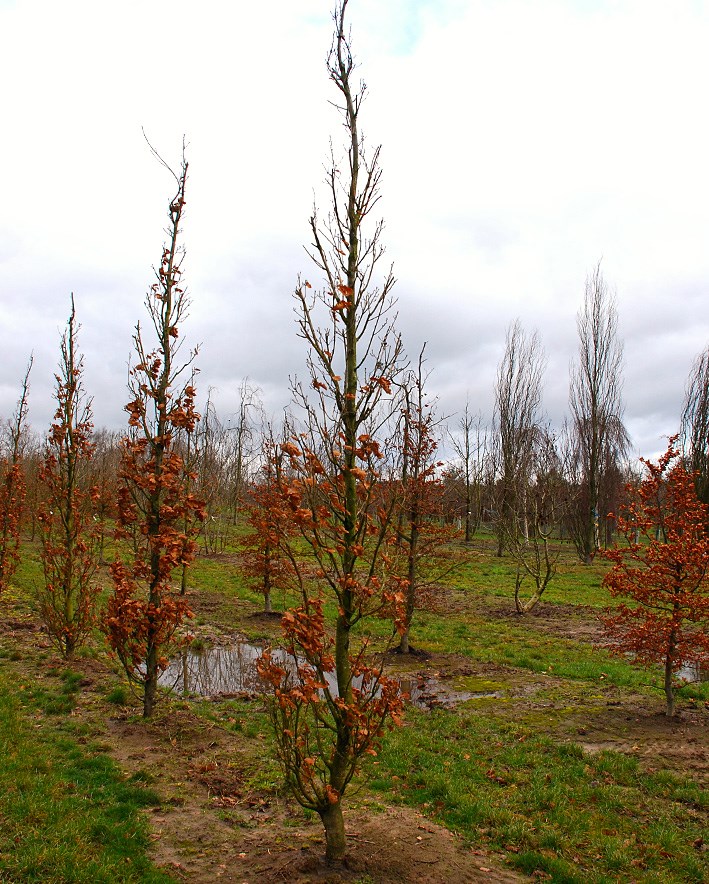
Quercus robur Fastigiata Koster (Koster Fastigiate Oak) Practicality Brown
Quercus robur 'Fastigiate Koster' Fastigiata Koster common Oak, Cypress oak 'Koster' Download PDF. Types of planting. Tree types standard trees feathered trees. Use.. Or would you like further information about Quercus robur 'Fastigiate Koster'? Make an appointment for a detailed planting recommendation. Call +31(0) 485 31 20 21 or email one.
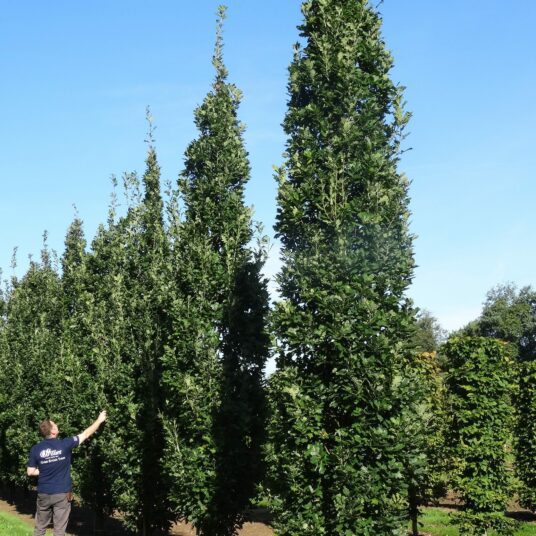
Buy Quercus robur ‘fastigiata Koster’ Tree Hillier Trees
'Fastigiata' or Upright English Oak is an upright, columnar, deciduous tree that matures into a dense elongated oval shape with a short trunk and makes a striking landscape specimen. It is susceptible to powdery mildew in humid areas and planting in full sun with adequate airflow helps decrease this problem.

Eiche Fastigiata Koster Quercus robur Fastigiata Koster günstig kaufen
Quercus Robur Fastigiata Koster, commonly known as the Koster columnar oak, is a deciduous tree with a unique fastigiate form. It has a narrow, columnar shape, growing up to 15 meters tall and 4 meters wide. Quercus Robur Fastigiata Koster has an interesting feature of leaves that are deeply lobed with wavy margins. It is a cultivar of Quercus.

Solitärbäume von Quercus robur 'Fastigiata Koster' Säuleneiche
West facing. Plant match details will appear here. Exposure. Sheltered. Plant match details will appear here. 'Koster' is a narrowly columnar, somewhat variable, deciduous tree bearing ovate to oblong, dark green leaves with rounded, shallow lobes and inconspicuous yellow-green catkins in spring followed by ovoid acorns.
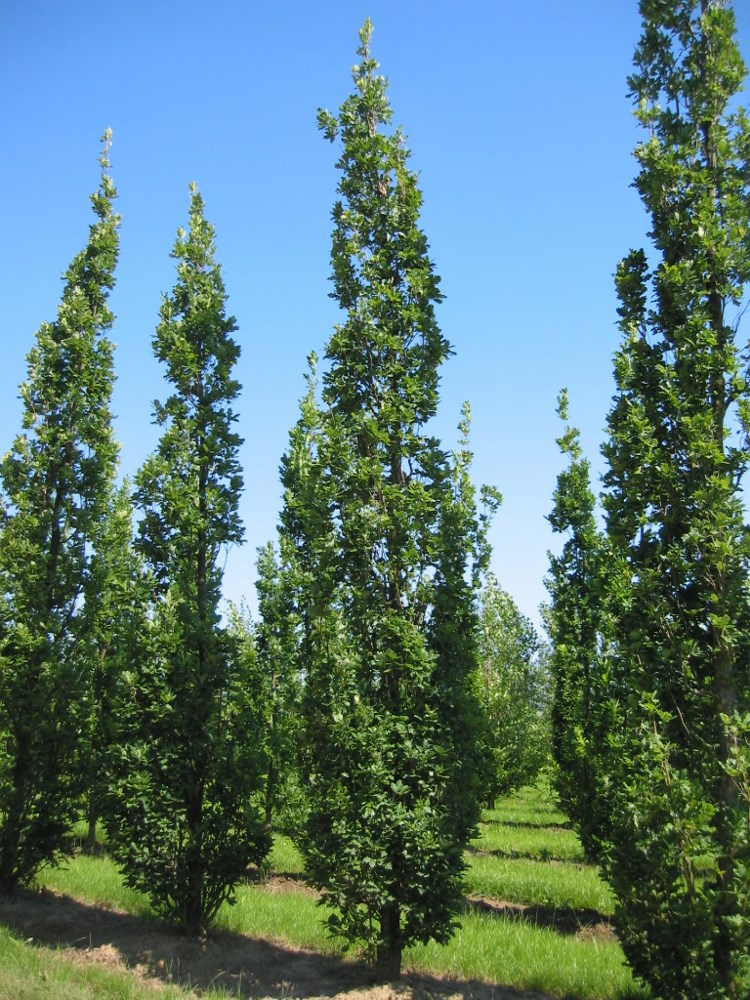
Quercus robur Fastigiata Koster (Koster Fastigiate Oak) Practicality Brown
This is a very solid form of columnar Oak that is suitable for most soil types. Truns shades of yellow and bronze before dropping in the fall. Growth Rate fast 12 annually

Quercus robur Fastigiata Koster Future Forests
Latin Name: Quercus robur 'Fastigata' Common Name: English Oak. Cultivar: 'Fastigiata'* Family: Fagaceae Division: White Range: Introduced: Discovered growing wild in a forest in Germany and was propagated by grafting in 1783. Sun/Shade: sun Height: up to 50' × 10' spread Form: upright and columnar, branching strongly ascending Zones: 5 -8 Flower: Leaves: as for the species

Quercus robur 'Fastigiate Koster' M. van den Oever Boomkwekerij M. van den Oever GreenLifeXL
The added advantage is that the tree is host to all the native flora and fauna that the native species rely on. From a design point of view, this is an important tree as it is such a strong architectural shape. 15m high x 3m wide after 25 years. Ultimately a large, narrow tree. Large, narrow, columnar canopy.
Quercus robur 'Fastigiata Koster' 1218m Wuchsendhöhe
Quercus robur, the pedunculate oak, is a species of flowering plant in the beech and oak family, Fagaceae.It is a large tree, native to most of Europe and western Asia, and is widely cultivated in other temperate regions.It grows on soils of near neutral acidity in the lowlands and is notable for its value to natural ecosystems, supporting a very wide diversity of herbivorous insects and other.